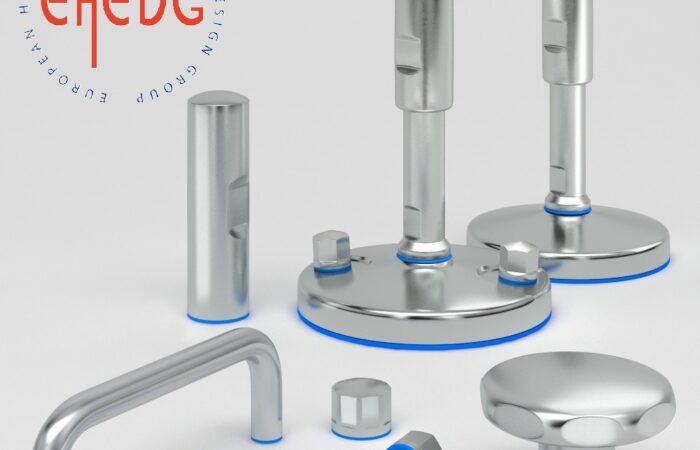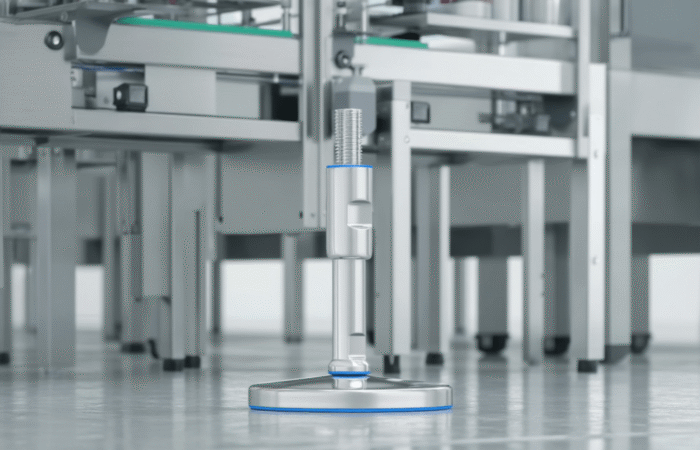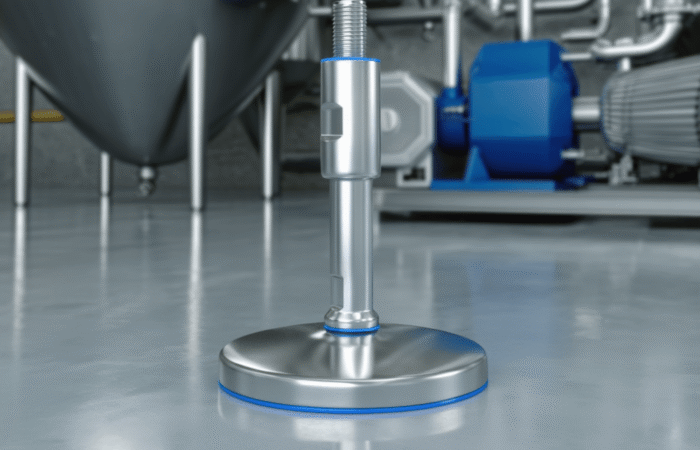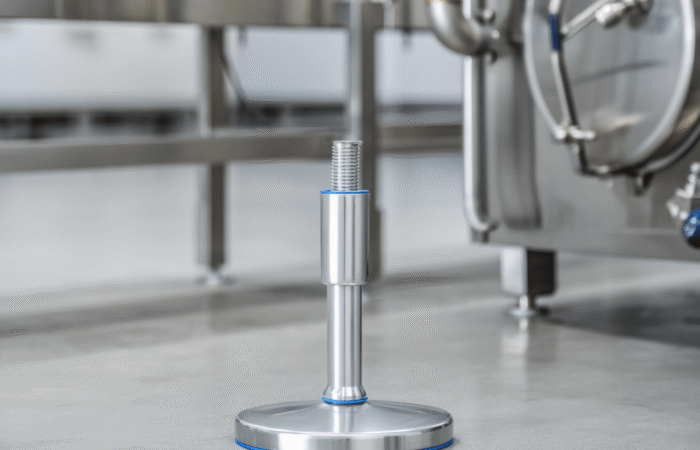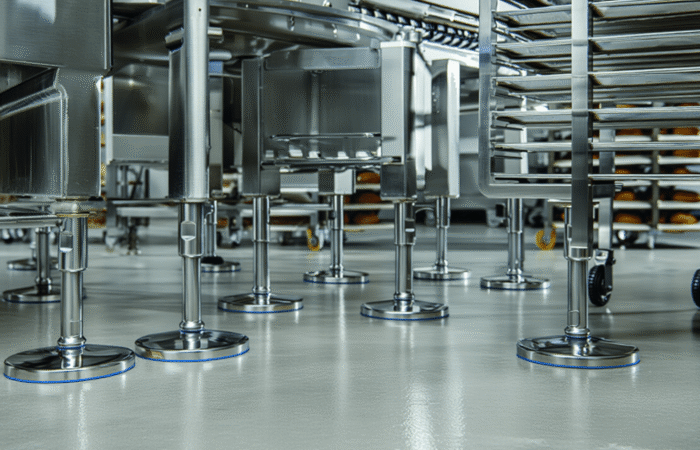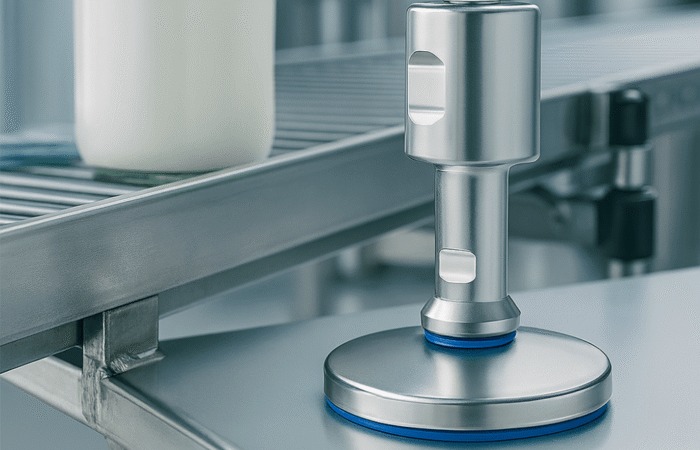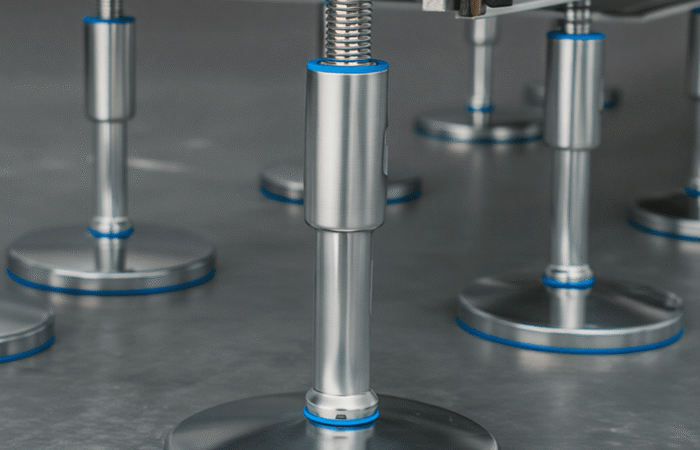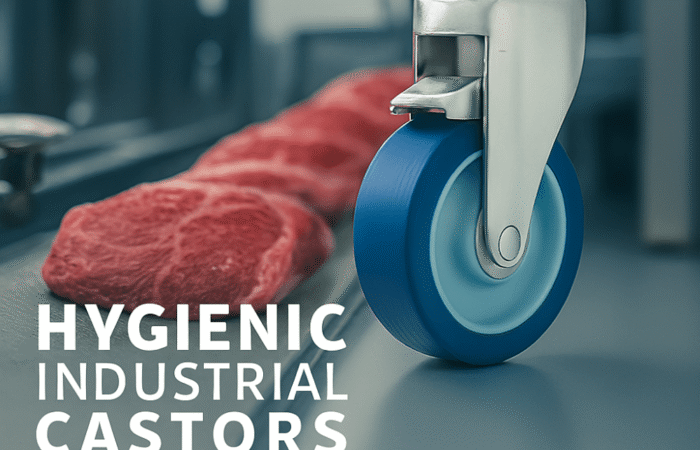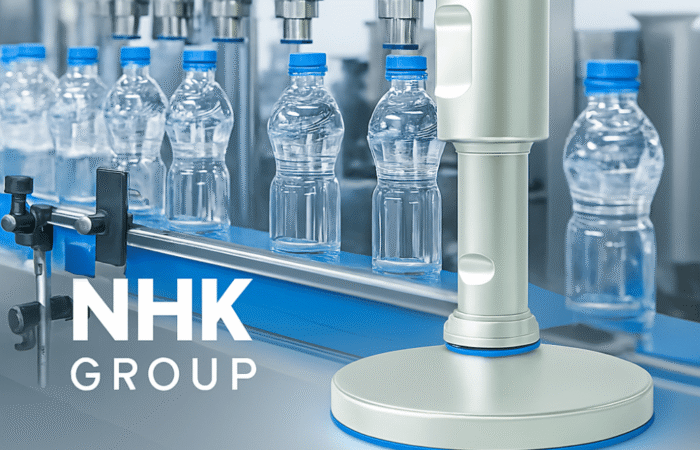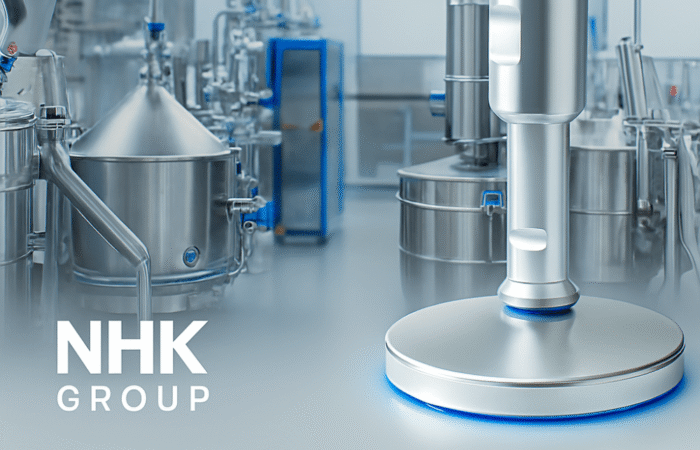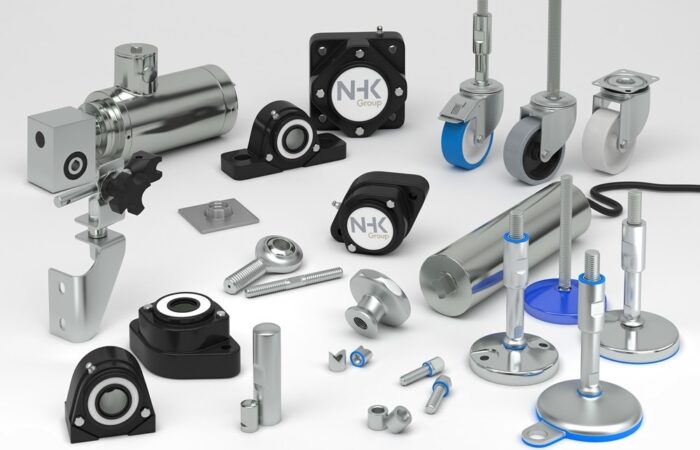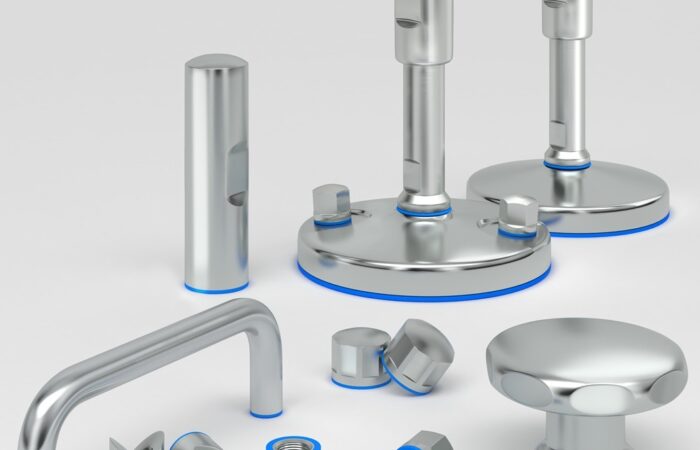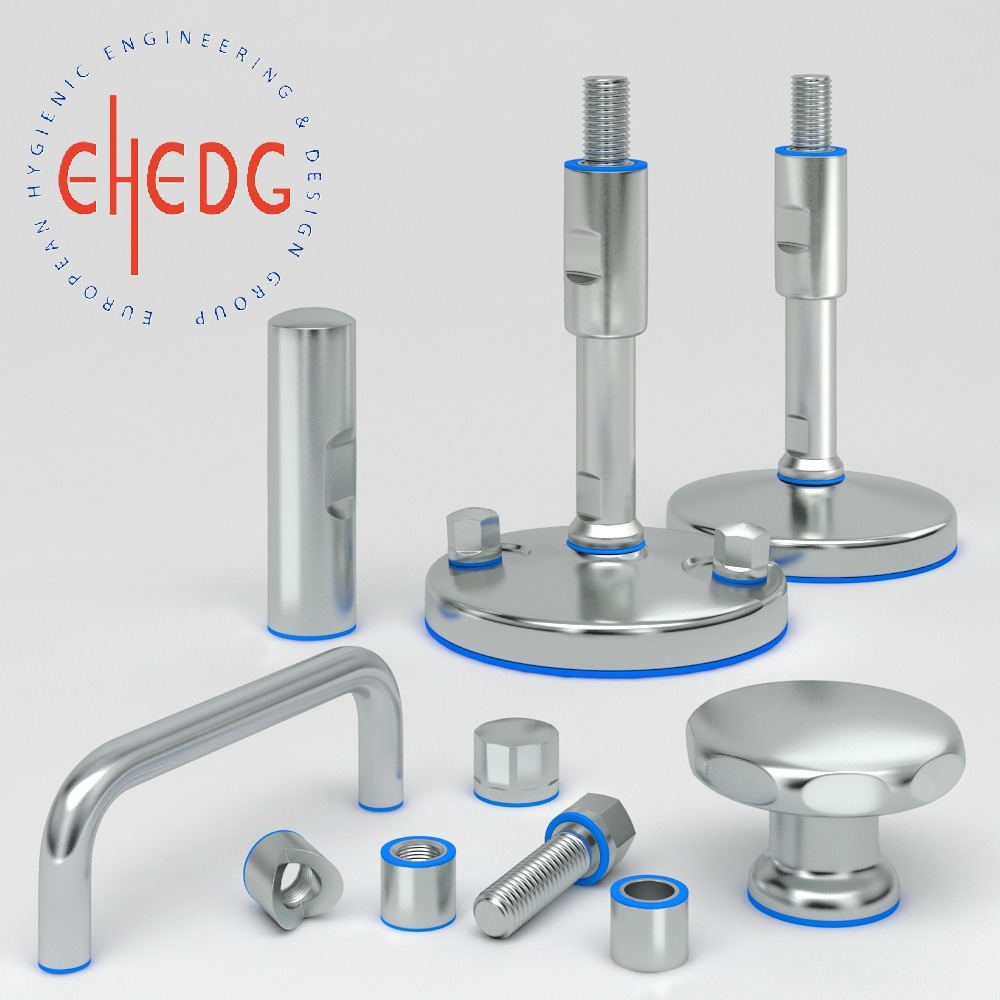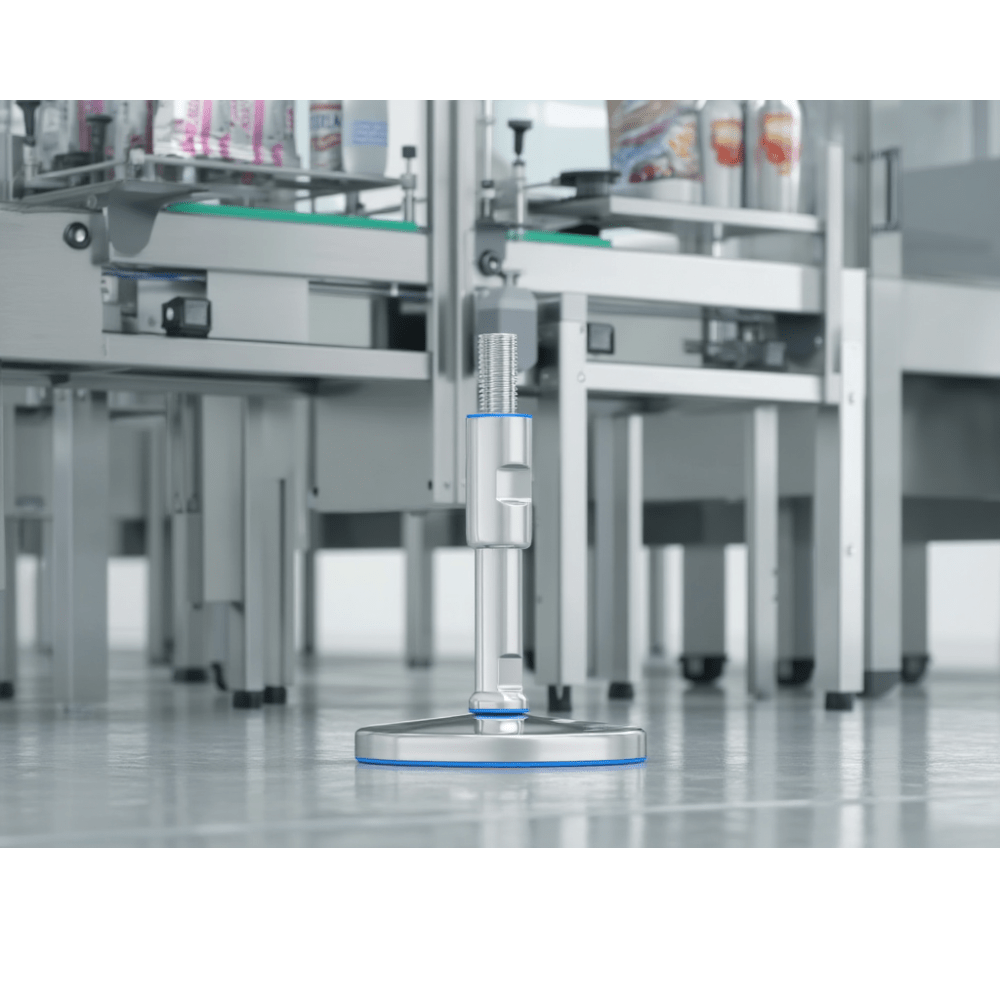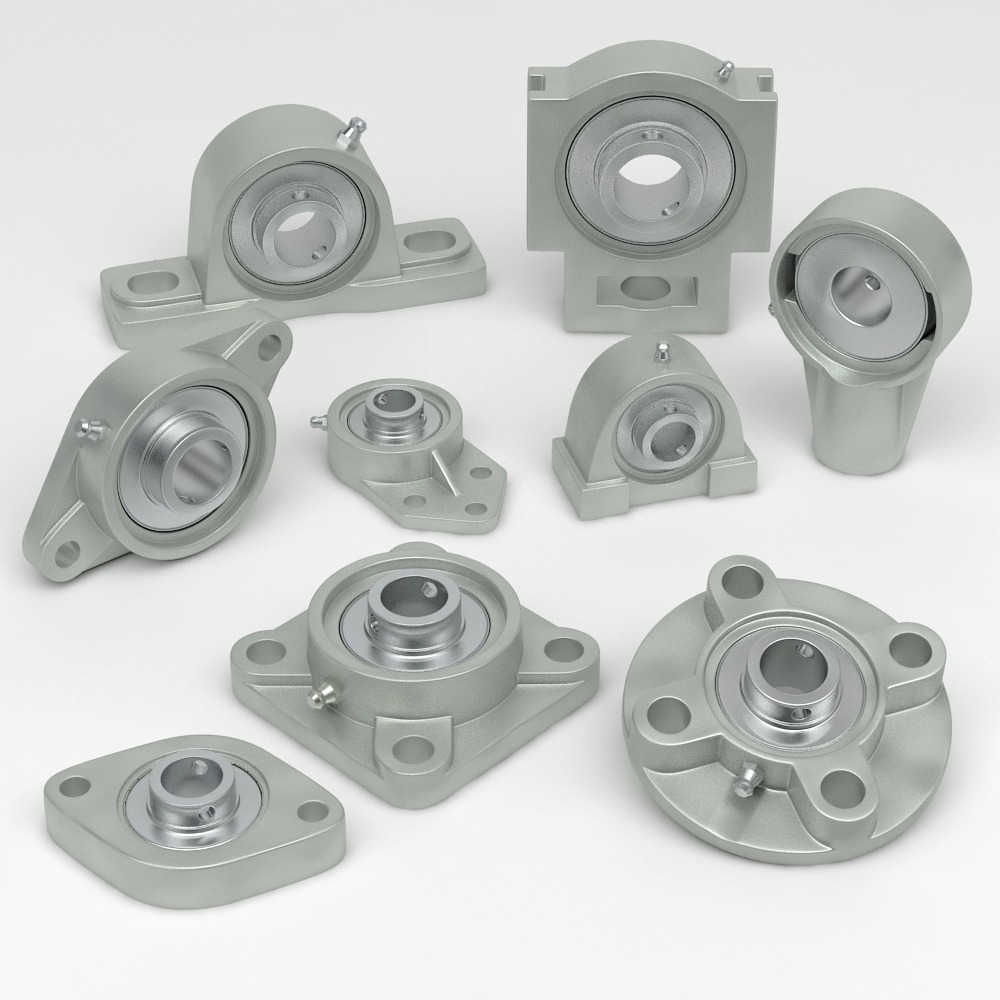
How to Choose Between Stainless Steel 420 vs. 440 Bearing Units
Selecting the right stainless steel bearing unit between 420 and 440 stainless steel depends on several key factors, including application requirements, operating environment, load capacity, wear resistance, corrosion resistance, and cost. This guide provides a detailed approach to making the right choice based on various industrial conditions. Choosing between Stainless Steel 420 and 440 bearing units depends on your application’s wear resistance, corrosion resistance, and load capacity. Use 420 stainless steel for moderate loads and dry environments, while 440 stainless steel is better for high-speed, high-load, and humid conditions due to its superior hardness and durability. ✔ Best Choice: 420 Stainless Steel for better corrosion resistance and cost efficiency. ✔ Best Choice: 420 Stainless Steel for better corrosion resistance and cost efficiency. ✔ Best Choice: 420 Stainless Steel for conveyor applications. ✔ Best Choice: 420 Stainless Steel for moderate application and stability. ✔ Best Choice: 420 Stainless Steel for easy to maintain and cost efficient. ✔ Best Choice: 440 Stainless Steel, but consider 316 stainless steel for superior corrosion resistance. ✔ Best Choice: 440 Stainless Steel, if high hardness is needed. Go for 420 Stainless Steel Bearing Units if: Go for 440 Stainless Steel Bearing Units if:A Complete Guide
Selection and Application
Key Factors to Consider When Choosing Between 420 and 440 Bearing Units
Corrosion Resistance
Hardness & Wear Resistance
Load-Bearing Capacity
Machinability & Manufacturing Ease
Cost Considerations
Industry-Specific Recommendations
Food & Beverage Processing
✔ Best Choice: 440 Stainless Steel for high wear resistance and durability.Pharmaceutical & Medical Equipment
✔ Best Choice: 440 Stainless Steel for high wear resistance and durability.Industrial Machinery & Automation
✔ Best Choice: 440 Stainless Steel for demanding industrial applications.Aerospace & Defense Applications
✔ Best Choice: 440 Stainless Steel for high performance and durability.Automotive & Transportation
✔ Best Choice: 440 Stainless Steel for extreme wear resistance.Marine & Coastal Applications
Chemical Processing & Oil & Gas
Quick Selection Guide
Factor Use 420 Stainless Steel If… Use 440 Stainless Steel If… Corrosion Resistance Mild conditions, dry environments Humid, washdowns, mild chemicals Hardness & Wear Moderate hardness (48-50 HRC) High hardness (58-60 HRC) Load Capacity Light to medium loads Heavy loads, high stress Machinability Easy to machine and customize Difficult to machine Cost Budget-friendly Expensive but long-lasting Applications Light-duty machinery, conveyors High-speed, high-load applications Which Should You Choose?
✔ You need a cost-effective solution.
✔ The environment is dry or mildly humid.
✔ You require easy machinability and customization.
✔ The load and speed requirements are moderate.
✔ You need high wear resistance for heavy loads.
✔ The application involves high speeds or frequent movement.
✔ The environment is humid, mildly corrosive, or exposed to chemicals.
✔ Long-term durability is more important than initial cost.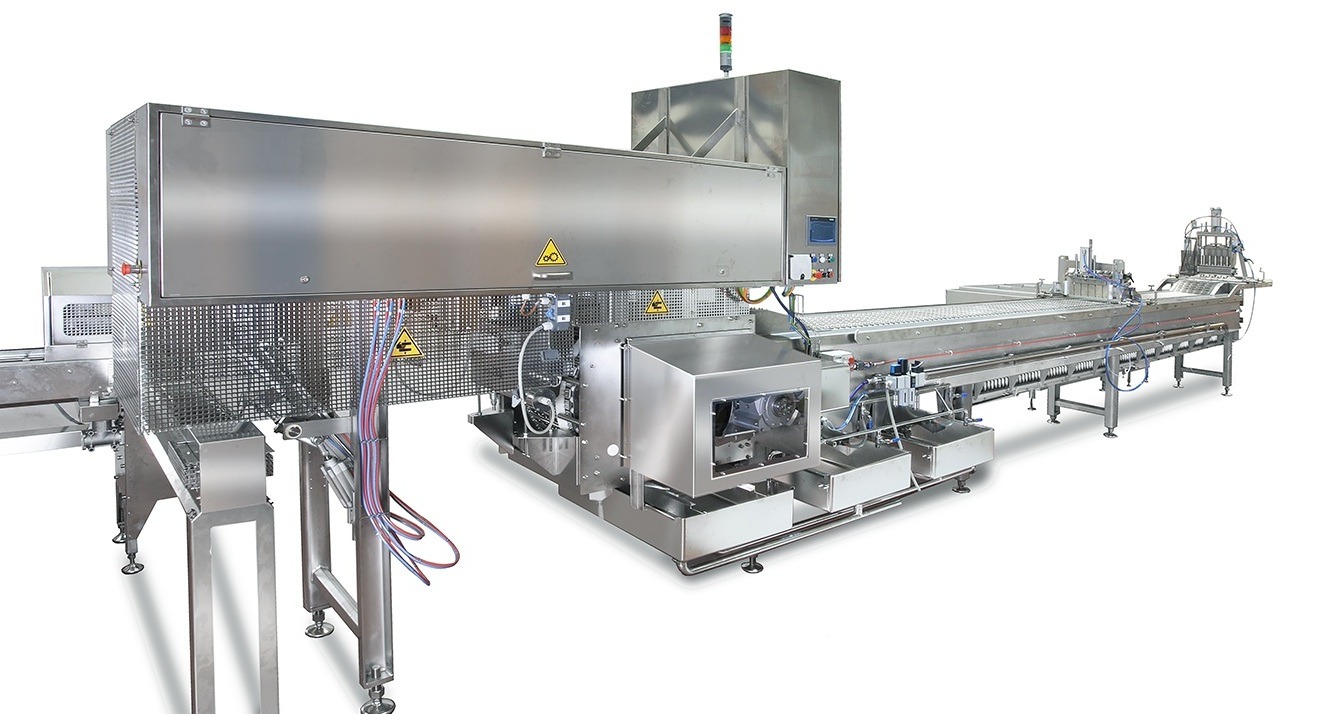
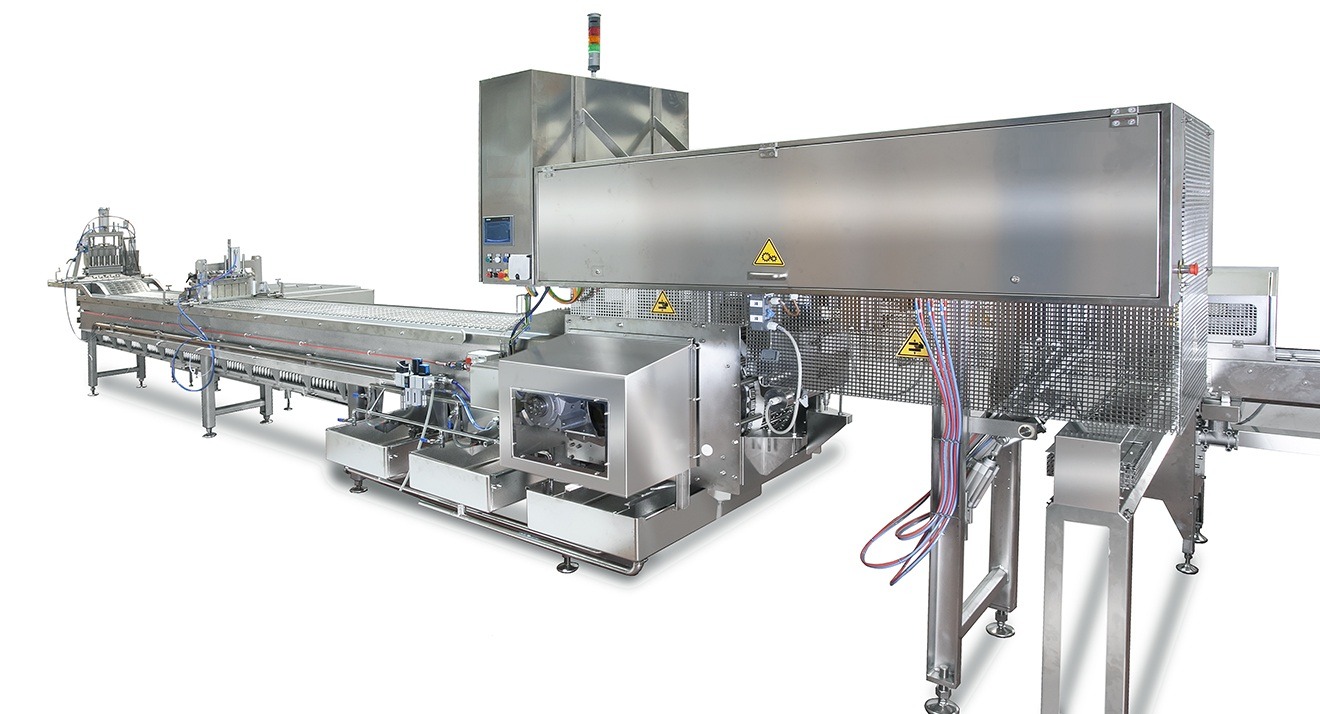
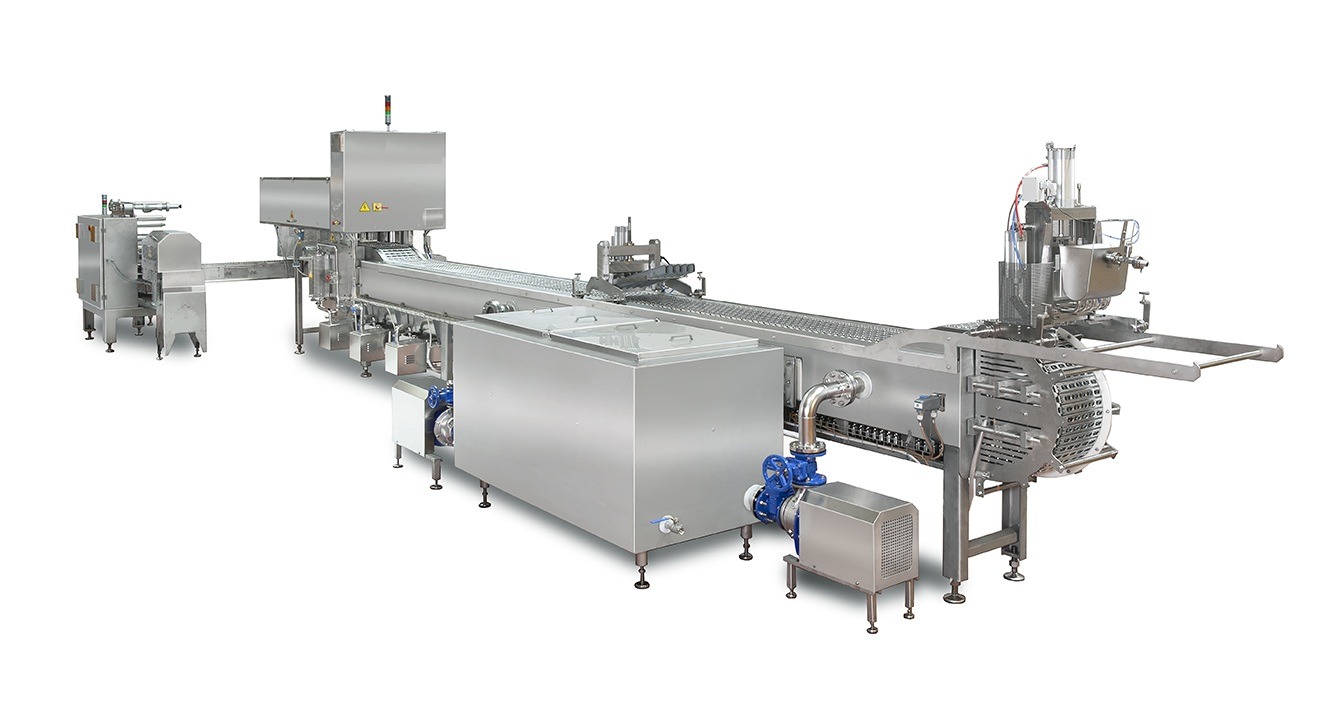
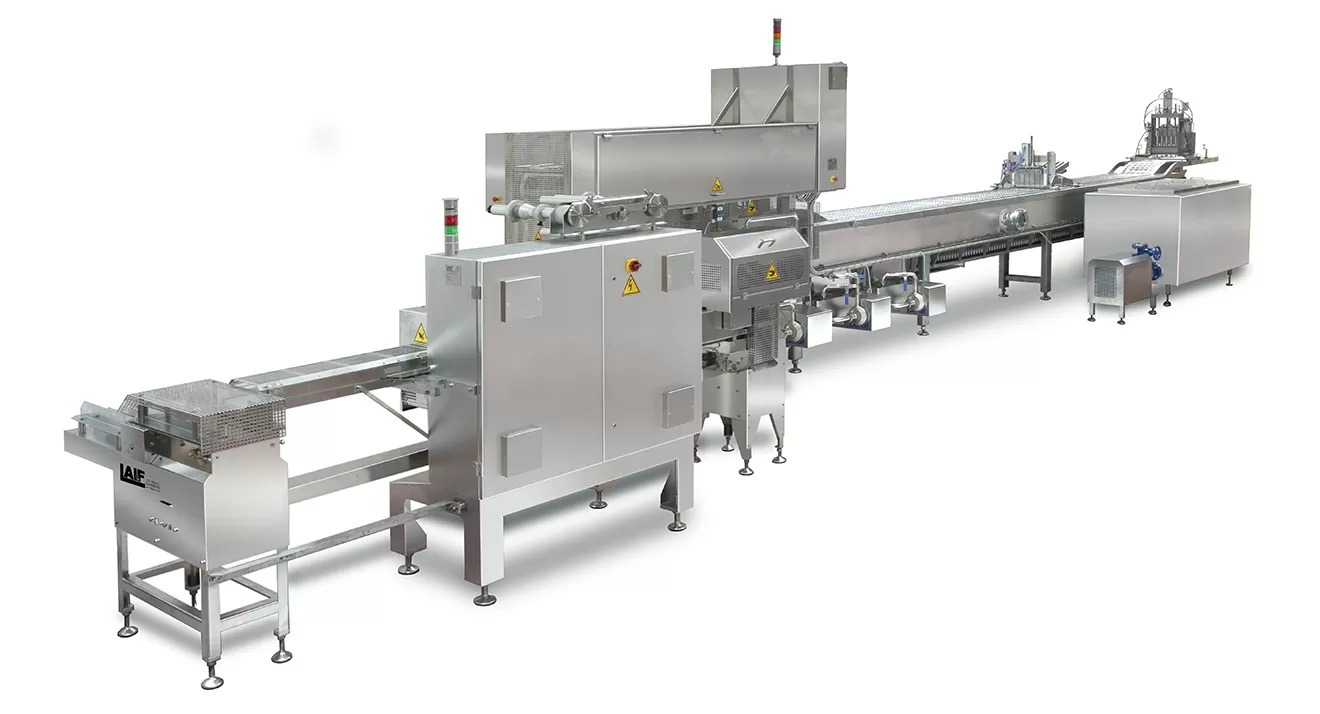
Contact
